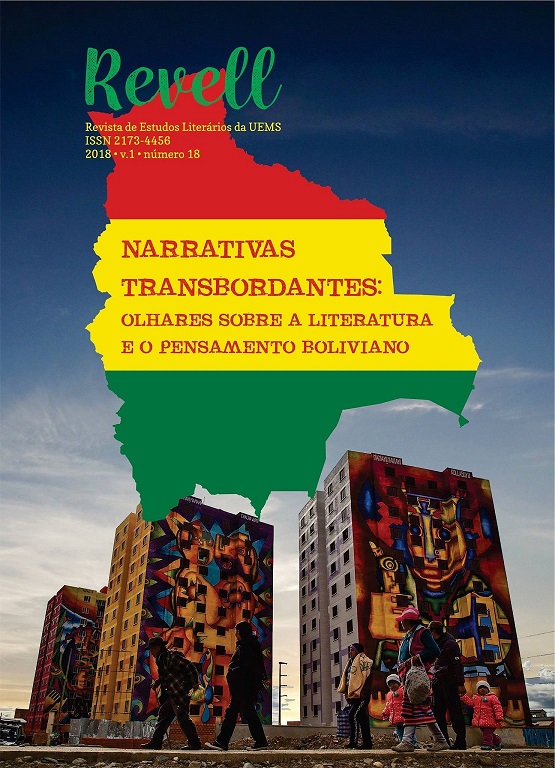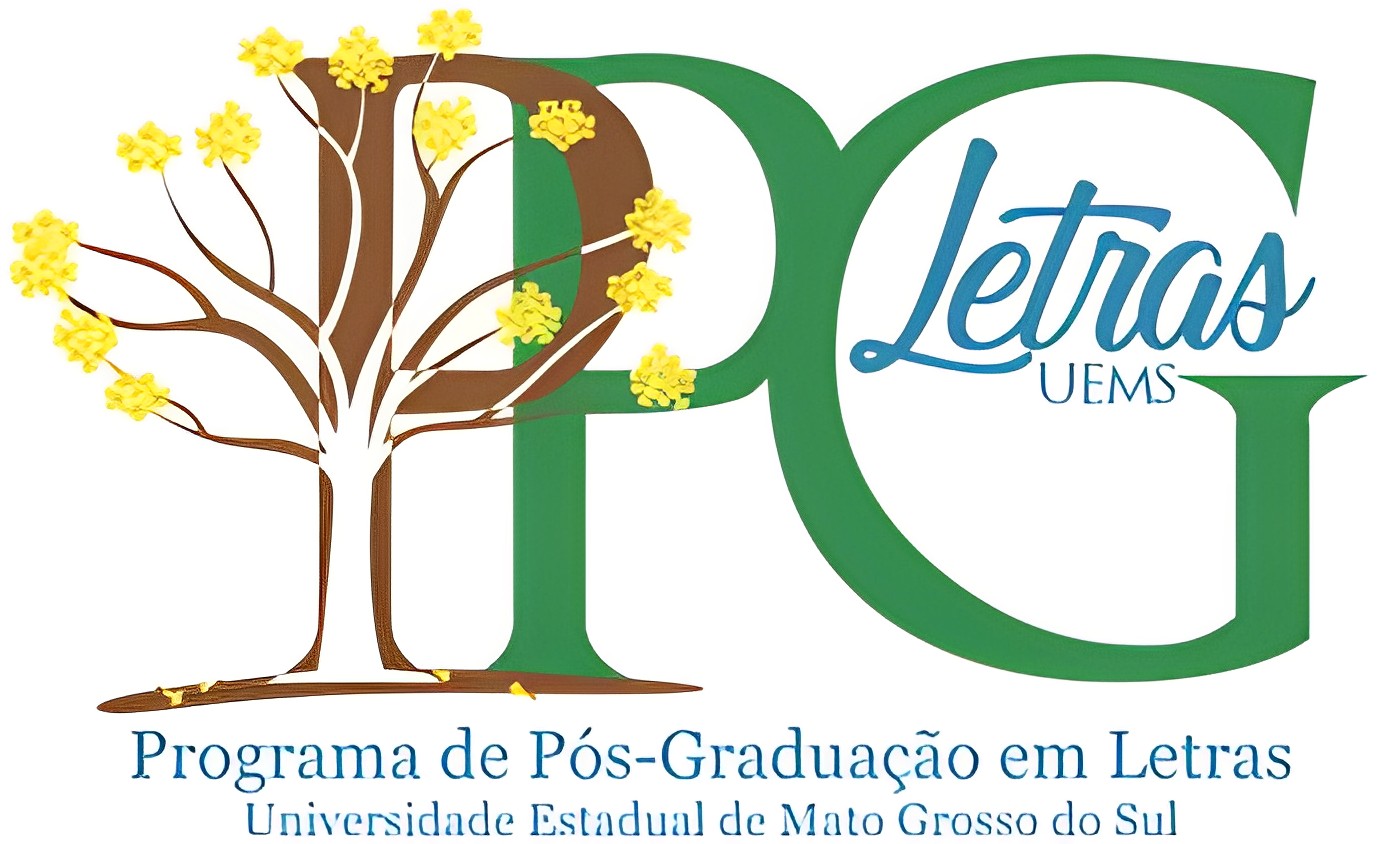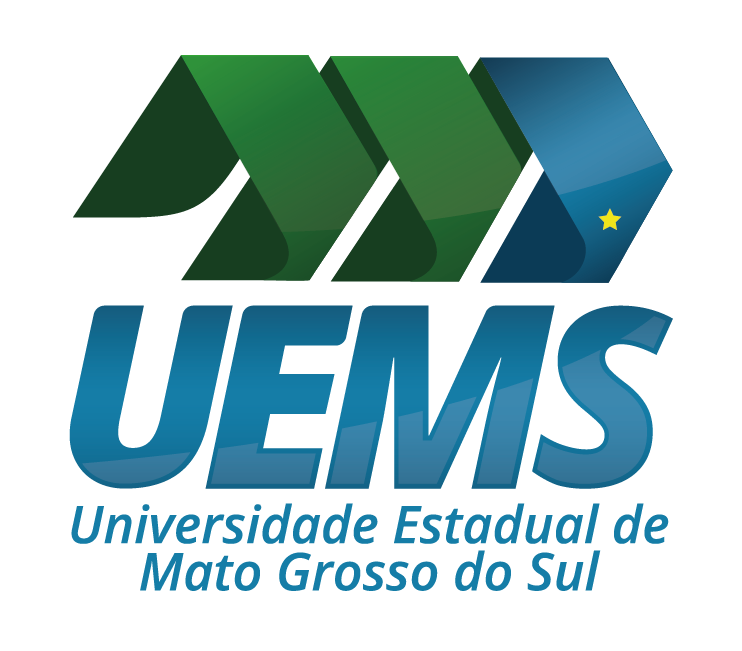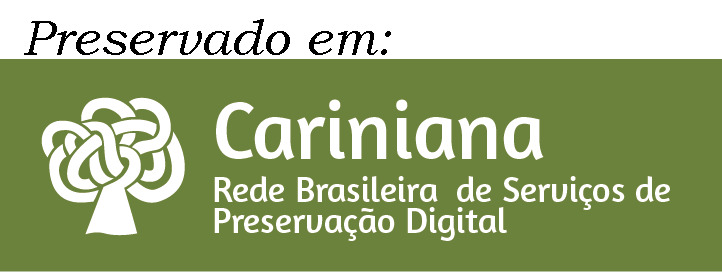Explorando a poesia e a poética navajo
Visualizações: 641Palavras-chave:
Navajo, etnopoética, literaturaResumo
Tradução da Introdução do livro Explorations in Navajo Poetry and Poetics, de Anthony K. Webster (Albuquerque: New Mexico University Press, 2009), páginas 1 a 15. Neste estudo Webster investiga os dispositivos encontrados nas tradições poéticas escritas e orais dos Navajo. E explora aspectos da linguagem, como a mistura de códigos, trocadilhos e ideofonia, muitas vezes considerados marginais na literatura linguística, revelando como eles são centrais para o estudo da etnopoética e para uma abordagem da linguagem e da cultura centrada no discurso.
Referências
BAHR, Howard. Multiplying Glimpses, Gleaning Genres: A Multidisciplinary Approach to the Study of Change among Navajo Peoples. Human Organization 53(1):55-73, 1994.
BARTELT, H. Guillermo. Socio- and Stylolinguistic Perspectives on American Indian Texts. Lewinston, NY: Edwin Mellen Press, 2001.
BAUMAN, Richard. Verbal Art as Performance. Chicago: Waveland Press, 1984.
_____. Story, Performance, and Event. Cambridge: Cambridge University Press, 1986.
BELIN, Esther. From the Belly of My Beauty. Tucson: University of Arizona Press, 1999.
BENALLY, AnCita & VIRI, Denis. Diné Bizaad [Navajo Language] at a Crossroads: Extinction or Renewal. Bilingual Research Journal 29(1):85-108, 2005.
BLOMMAERT, Jan. Ethnopoetics as Functional Reconstruction. Functions of Language 13(2):255-275, 2006.
BOAS, Franz. Introduction. In Handbook of American Indian Languages & Indian Families of America North of Mexico. Pp. 1-79. Lincoln: University of Nebraska Press, 1966.
BROWNE, Vee. Ravens Dancing. Bloomington: AuthorHouse, 2000.
DENETDALE, Jennifer Nez. Reclaiming Diné History. Tucson: University of Arizona Press, 2007.
ERRINGTON, Joseph. Shifting Languages. Cambridge: Cambridge University Press, 1998.
FELD, Steven. Aesthetics as Iconicity of Style (Uptown Title); or (Downtown Title) “Lift-up-over sounding”: Getting into the Kaluli Goove. Yearbook for Traditional Music 20:74-113, 1988.
FRIEDRICH, Paul. Language, Context, and the Imagination. Stanford: Stanford University Press, 1979.
_____. The Language Parallax. Austin: University of Texas Press, 1986.
HOUSE, Deborah. Language Shift Among the Navajos. Tucson: University of Arizona Press, 2002.
HYMES, Dell. In Vain I Tried to Tell You. Philadelphia: University of Pennsylvania Press, 1981.
_____. Sung Epic and Native American Ethnopoetics. In Textualization of Oral Epics. Lauri Honko, ed. Pp. 291-342. Berlin: Mouton de Gruyter, 2000.
_____. Now I Know Only That Far. Lincoln: University of Nebraska Press, 2003.
JAKOBSON, Roman. Concluding Statement: Linguistic and Poetics. In Style in Language. Thomas Sebeok, ed. Pp. 350-373. Cambridge, MA: MIT Press, 1960.
KROSKRITY, Paul. Language, History and Identity: Ethnolinguistic Studies of the Arizona Tewa. Tucson: University of Arizona Press, 1993.
KUIPERS, Joel. Language, Identity, and Marginality in Indonesia: The Changing Nature of Ritual Speech on the Island of Sumba. Cambridge: Cambridge University Press, 1998.
LEAP, William. American Indian English. Salt Lake City: University of Utah Press, 1993.
LEE, Tiffany. “If They Want Navajo to Be Learned, Then They Should Require It in All Schools”: Navajo Teenagers’ Experiences, Choices, and Demands Regarding Navajo Language. Wicazo Sa Review 22(1):7-333, 2007.
MCLAUGHLIN, Daniel. When Literacy Empowers: Navajo Language in Print. Albuquerque: University of New Mexico Press, 1992.
PARMAN, Donald. Indians and the American West in the Twentieth Century. Bloomington: Indiana University Press, 1994.
PETERSON, Leighton C. Tchnology, Ideology and Emergent Communicative Practices among the Navajo. Ph.D. dissertation. Austin: University of Texas at Austin, 2006.
RIDINGTON, Robin & RIDINGTON, Jillian. When You Sing It Now, Just Like New: First Nations Poetics, Voices, and Representations. Lincoln: University of Nebraska Press, 2006.
SAMUELS, David. Putting a Song on Top of it. Tucson: University of Arizona Press, 2004.
SAPIR, Edward. Language. New York: Harcourt, Brace. 1921.
SCHERZER, Joel. A Discourse-Centered Approach to Language and Culture. American Anthropologist 89:295-309, 1987.
_____. Verbal Art in San Blas. Cambridge: Cambridge University Press, 1990.
SEABURG, William. Pitch Woman and Other Stories: The Oral Traditions of Coquelle Thompson, Upper Coquile Athabaskan Indian. Lincoln: University of Nebraska Press, 2007.
SPICER, Edward. Cycles of Conquest. Tucson: University of Arizona Press, 1962.
_____. Persistent Cultural Systems. Science 174(4011):795-800, 1971.
_____. Indian Identity versus Assimilation. An Occasional Paper of the Weatherhead Foundation. Pp. 29-54. New York: New York, 1975.
SPOLKY, Bernard. Prospects for the Survival of the Navajo Language: A Reconsideration. Anthropology & Education Quarterly 33(2):139-162, 2002.
TEDLOCK, Dennis. The Spoken Word and the Work of Interpretation. Philadelphia: University of Pennsylvania Press, 1983.
URBAN, Greg. A Discoursed-Centered Approach to Culture. Austin: University of Texas Press, 1991.
VAN VLEET, Krista. Performing Kinship: Narrative, Gender, and Intimacies of Power in the Andes. Austin: University of Texas Press, 2008.
WEBSTER, Anthony. Coyote Poems: Navajo Poetry, Intertextuality, and Language Choice. American Indian Culture and Research Journal 28(4):69-91.
WOODBURY, Anthony. Documenting Rhetorical, Aesthetic, and Expressive Loss in Language Shift. In Endangered Languages. Leonore Grenoble and Lindsay Whaley, eds. Pp. 234-258. Cambridge: Cambridge University Press, 1998.
Downloads
Publicado
Como Citar
Edição
Seção
Licença
DECLARAÇÃO DE ORIGINALIDADE E EXCLUSIVIDADE E CESSÃO DE DIREITOS AUTORAIS
Declaro que o presente artigo é original e não foi submetido à publicação em qualquer outro periódico nacional ou internacional, quer seja em parte ou na íntegra. Declaro, ainda, que após publicado pela REVELL, ele jamais será submetido a outro periódico. Também tenho ciência que a submissão dos originais à REVELL - Revista de Estudos Literários da UEMS implica transferência dos direitos autorais da publicação digital. A não observância desse compromisso submeterá o infrator a sanções e penas previstas na Lei de Proteção de Direitos Autorais (nº 9610, de 19/02/98).


















